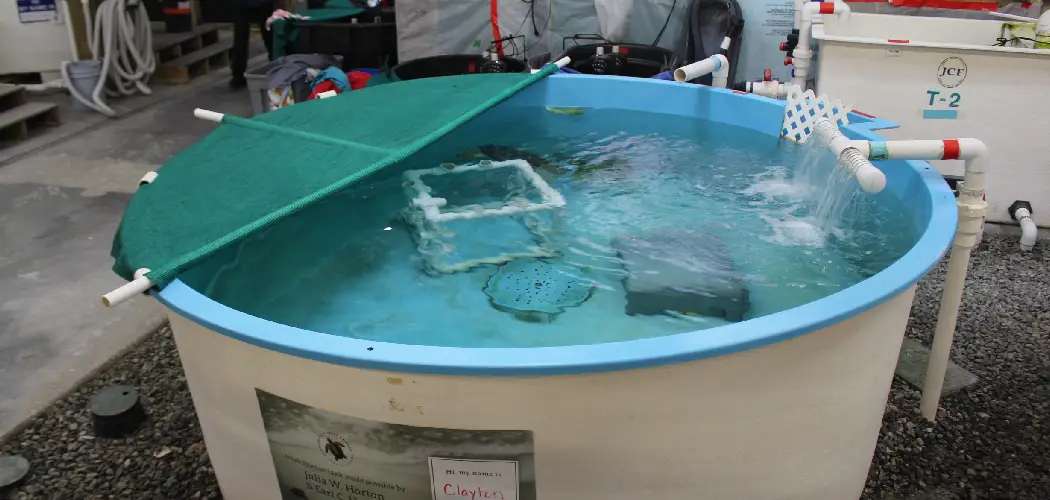Are you ready to take a dip in the pool this summer, but don’t want to go through the hassle and cost of installing a traditional swimming pool? If so, then consider sprucing up an old stock tank and turning it into your own backyard oasis. Painting the inside of a stock tank can give it an overall professional makeover that will turn heads while also protecting it against wear and tear.
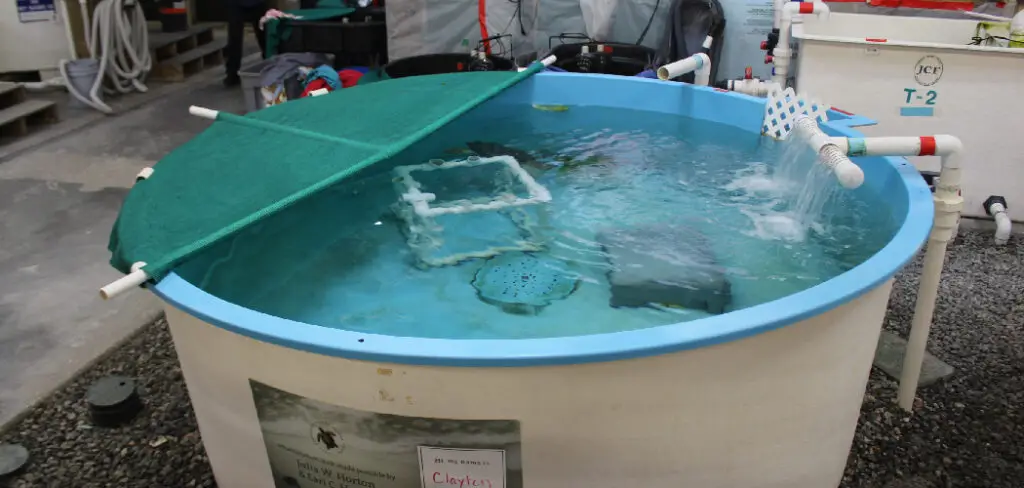
Plus, with just a few simple supplies — think paint brushes, rollers, and cans of pigment — you can transform your tank into something amazing with little effort! In this guide, we’ll show you how easy it is to give your pre-loved stock tank new life by teaching you step-by-step ways on how to paint the inside of a stock tank pool. Get ready to relax in style!
Why Paint the Inside of a Stock Tank Pool?
While stock tanks are durable and can withstand harsh weather conditions, they are not exactly known for their aesthetics. In fact, most stock tanks come in a plain metal finish that may not be appealing to everyone.
Painting the inside of your stock tank pool allows you to customize its appearance according to your preferences and make it more visually appealing. Plus, the right paint can also protect your pool from rust and corrosion caused by water and chemicals, extending its lifespan.
Tools and Materials You Will Need to Paint the Inside of a Stock Tank Pool
1. Water-based paint suitable for metal surfaces
2. Paint brushes and rollers
3. Painter’s tape
4. Rubber gloves
5. Protective eyewear
6. Sandpaper or wire brush
Step-by-step Guidelines on How to Paint the Inside of a Stock Tank Pool
Step 1: Clean Your Pool Thoroughly
Before you start painting, it is crucial to clean the inside of your stock tank pool thoroughly. Remove any debris, oil, or grease with a solution made of warm water and mild soap.
Scrub the surface using a non-abrasive sponge or cloth. Rinse it well and let it dry completely. Cleaning the tank will ensure that the paint adheres properly and prevents any peeling or flaking later on.
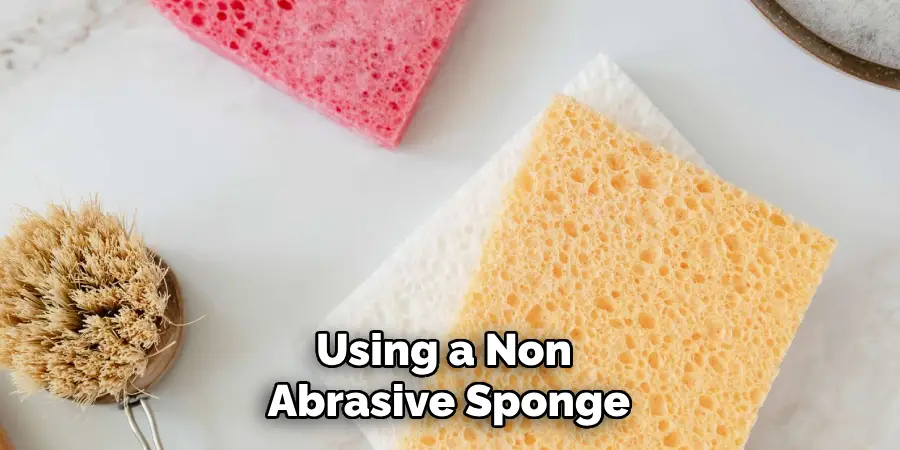
Step 2: Prepare Your Pool for Painting
Use painter’s tape to cover any areas of your pool that you don’t want to be painted, such as handles, outlet holes, or drain plugs. This will also protect these areas from getting damaged by paint drips. If your pool has any rust or rough spots, use sandpaper or a wire brush to smooth them out before painting. Preparing your pool properly will give you a smooth and even finish.
Step 3: Mix and Apply the Paint
Stir your paint well before use to ensure that the pigment is evenly distributed. For best results, we recommend using a water-based paint suitable for metal surfaces. You can choose any color you like; just make sure it is safe for use in pools.
Begin painting at one end of the pool and work your way around, using a brush or roller depending on the size of your pool. Apply multiple coats if needed, allowing each coat to dry completely before applying the next one.
Step 4: Let It Dry
Allow your pool to dry for at least 24 hours before filling it with water. This will give the paint enough time to cure and prevent any damage from water or chemicals. Once the paint is fully cured, you can fill your pool and start enjoying it. Make sure to follow the manufacturer’s recommended curing time for your specific paint.
Following these simple steps will give your stock tank pool a fresh new look and provide protection against wear and tear. With just a little bit of effort, you can turn an ordinary metal tank into the highlight of your backyard. So why wait? Get painting and start enjoying your very own stock tank pool today!
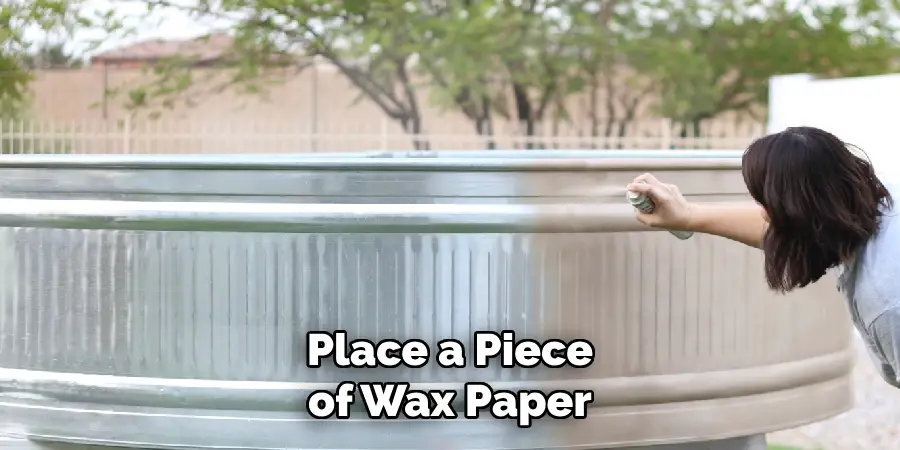
Additional Tips and Tricks to Paint the Inside of a Stock Tank Pool
1. When choosing a paint color, keep in mind that darker colors will absorb more heat than lighter colors. If you live in a warmer climate, consider using light-colored paint to help keep the water temperature cooler.
2. Before starting the painting process, make sure to thoroughly clean the inside of the pool. This will ensure that there is no dirt or debris left on the surface that could affect the paint’s adherence.
3. To help with adhesion, lightly sand the inside of the pool before painting. This will create a rougher surface for the paint to hold onto.
4. Use a high-quality primer before applying the final coat of paint. This will provide a smooth and even base for the paint to adhere to.
5. When using multiple coats of paint, make sure to let each coat dry completely before applying the next one. This will prevent any clumping or bubbling of the paint.
6. Consider using a non-slip additive in the final coat of paint to provide traction and prevent slips and falls.
7. If you are painting over an existing coat of paint, make sure to use a compatible type of paint. Oil-based paint should not be used over latex, and vice versa.
8. Don’t forget to protect the surrounding area with drop cloths or tarps before starting the painting process. This will prevent any accidental spills or splatters on the ground or nearby objects.
9. If you have any skimmers, filters, or other pool equipment inside the stock tank pool, make sure to remove them before painting. This will ensure that they are not damaged by the paint.
10. Lastly, make sure to properly dispose of any leftover paint and cleaning materials according to local regulations. This will help protect the environment and keep your pool clean and safe for swimming.
By following these tips and tricks, you can ensure a smooth and successful painting process for the inside of your stock tank pool. With a fresh coat of paint, your pool will not only look great but also last longer and be more enjoyable to swim in. Happy painting!

Precautions Need to Be Followed for Painting the Inside of a Stock Tank Pool
1. First of all, before starting any painting job, make sure the stock tank pool is completely drained and dry. It is important to work on a clean surface for the paint to adhere properly.
2. Wear protective gear such as gloves, goggles, and a mask while working with paint and chemicals. This will protect you from any potential harm or irritation.
3. Before purchasing any paint, check the label to ensure it is suitable for outdoor use and can withstand constant contact with water. Using the wrong type of paint can result in peeling or bubbling.
4. If your stock tank pool has any cracks or holes, make sure to patch them up before painting. This will prevent any water leakage and potential damage to the paint.
5. Thoroughly clean the inside of the stock tank pool using a mild detergent and water. Rinse it thoroughly and let it dry completely before starting to paint.
6. If there is any rust or corrosion present, remove it using a wire brush or sandpaper before painting. This will ensure a smooth surface for the paint to adhere to.
7. Use a high-quality primer specifically designed for metal surfaces. This will help the paint bond to the surface better and provide a longer-lasting finish.
8. When painting, start from the top of the pool and work your way down in small sections. Use a roller or paintbrush for larger areas and a smaller brush for tight corners and edges.
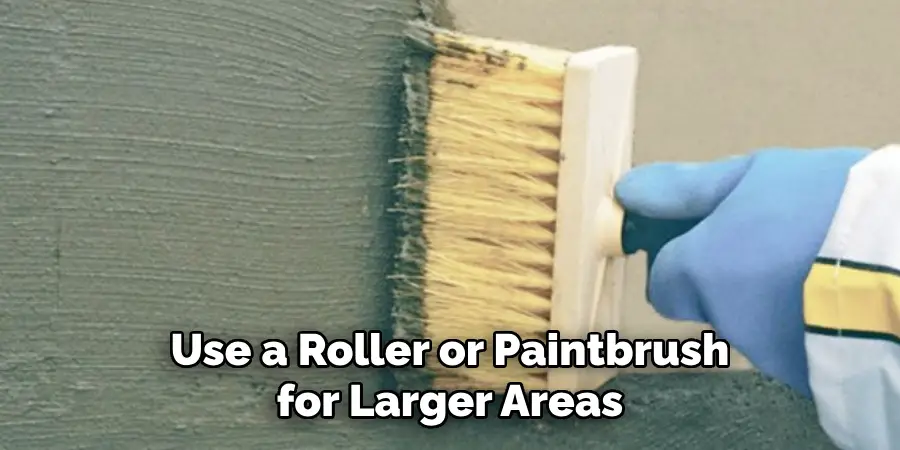
Following these precautions will ensure a successful and long-lasting paint job for your stock tank pool. Remember to always read and follow the instructions on the paint can for best results. Happy swimming! No matter what type of pool you have, it is important to properly maintain and care for it. Regular cleaning, maintenance, and repairs are necessary to keep your pool in good condition.
Frequently Asked Questions
What Type of Paint Should I Use?
We recommend using an oil-based enamel or epoxy paint specifically designed for metal surfaces. This will provide the best durability and protection against water damage. Avoid using regular household paint as it may not adhere well to the metal surface.
Can I Use Regular Pool Paint?
While regular pool paint is designed for underwater use, it is not suitable for painting the inside of a stock tank pool. This type of paint is meant for more traditional pool surfaces such as concrete or fiberglass, and may not adhere well to the metal surface of a stock tank pool.
How Many Coats Should I Apply?
This will depend on the type of paint you are using and its coverage. However, as a general rule, we recommend applying at least two coats for optimal durability and coverage. Be sure to follow the manufacturer’s instructions for best results.
Do I Need to Prime the Surface?
Yes, it is important to prime the metal surface before painting. This will help the paint adhere better and provide a more even finish. Be sure to use a metal primer specifically designed for outdoor use.
Conclusion
Now you know how to paint the inside of a stock tank pool like a pro! Remember to properly prepare the surface, use the right type of paint, and apply multiple coats for best results. With a little bit of effort, you can have a beautiful and durable pool that will last for many summers to come. So go ahead and add some color to your stock tank pool today! Happy painting!
About
Outdoor Fixes is a distinguished figure in the world of Diy design, with a decade of expertise creating innovative and sustainable Diy solutions.
His professional focus lies in merging traditional craftsmanship with modern manufacturing techniques,
fostering designs that are both practical and environmentally conscious. As the author of diy,
outdoorfixes delves into the art and science of outdoorfixes-making, inspiring artisans and industry professionals alike.
Education RMIT University
(Melbourne, Australia) Associate Degree in Design (Outdoor Fixes) Focus on sustainable design, industry-driven projects,
and practical craftsmanship. Gained hands-on experience with traditional and digital manufacturing tools, such as CAD and CNC software.
Nottingham Trent University
(United Kingdom) Bachelor’s in outdoorfixes.com and Product Design (Honors) Specialized in product design with a focus on blending creativity with production
techniques. Participated in industry projects, working with companies like John Lewis and Vitsoe to gain real-world insights.
Publications and Impact
In diy, Outdoor Fixes his insights on indoor design processes, materials, and strategies for efficient production.
His writing bridges the gap between artisan knowledge and modern industry needs, making it a must-read for both budding designers and seasoned professionals.

